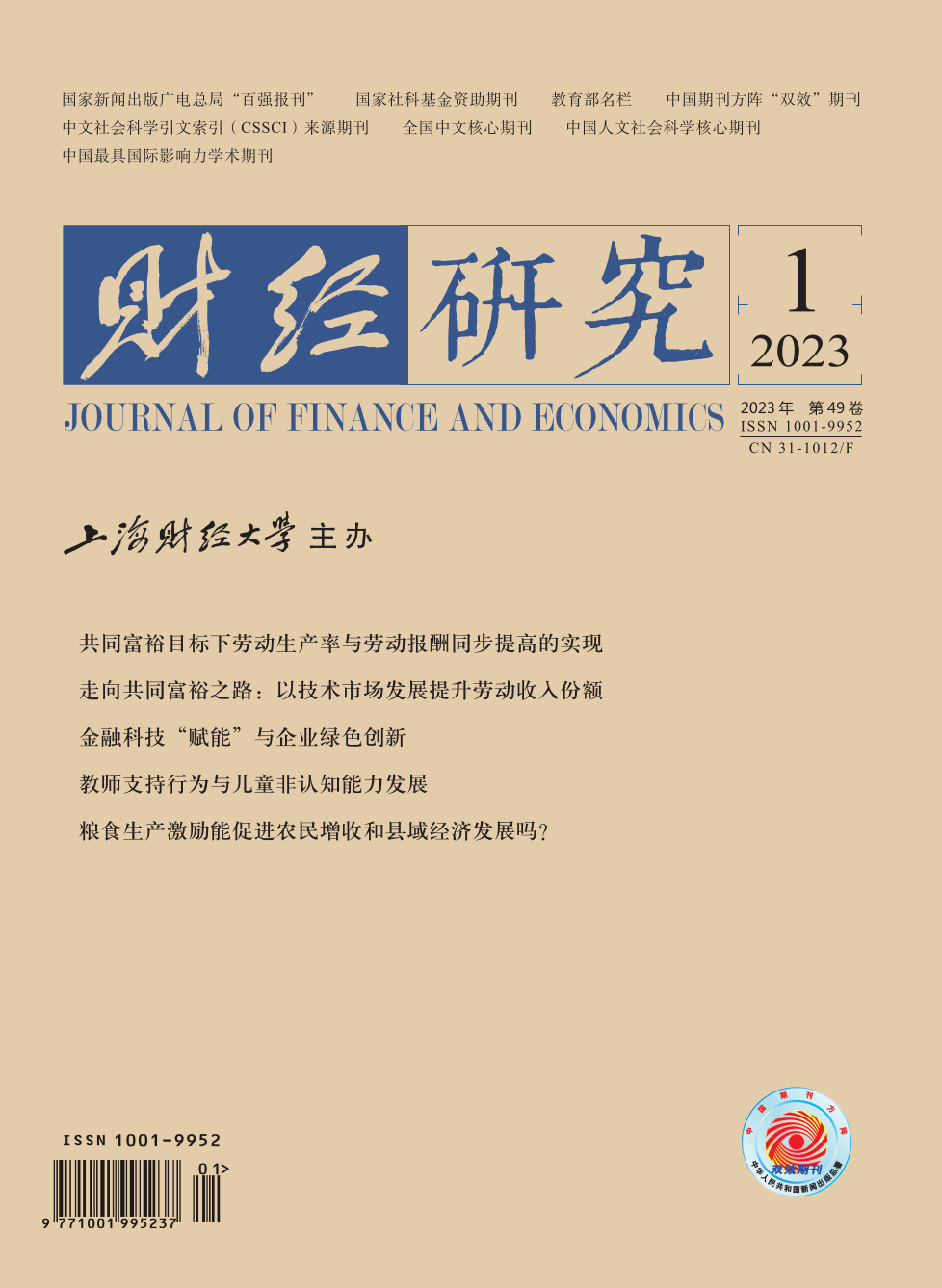Motivating farmers to cultivate grains and local administrations to attach importance to grain production is an essential foundation for ensuring national food security. This paper introduces the incentive policy for large grain-producing counties (IPLGC) implemented in 2005 into a government competition model and analyzes the impact of the policy on farmers’ income and county economic development. On this basis, it uses the annual panel data from 1,482 counties in China from 2005 to 2019 to treat the IPLGC as a quasi-natural experiment, and employs a Spatial Regression Discontinuity Design (SRDD) to identify the policy effect of IPLGC and its potential mechanisms.
The results show that: Overall, the IPLGC has a significant positive impact on farmers’ income; however, the economic development level of large grain-producing counties does not benefit from the policy. Heterogeneity analysis shows that, the IPLGC can significantly improve the economic development level of counties in poor and underdeveloped areas. Dynamic analysis shows that, the effect of the IPLGC on farmers’ income and county economic development fluctuates and is not stable across the years from 2005 to 2019. Mechanism analysis shows that, the IPLGC can promote farmers’ income and county economic development in underdeveloped areas by improving agricultural production conditions and increasing the supply of productive and educational public goods. The effectiveness of the IPLGC is tested by showing that the policy fails to improve the financial pressure of local governments in large grain-producing counties in general; at the same time, the GDP performance-only official promotion tournament is not conducive to increasing grain production in large grain-producing counties.
According to the above conclusions, this paper suggests that the support for large grain-producing counties should be further enhanced, with particular emphasis on improving and perfecting the level of basic public services for large grain-producing counties. Meanwhile, the performance assessment on the use of incentive subsidies in large grain-producing counties should also be emphasized. Through a series of institutional designs, the counties should be encouraged to invest their incentive subsidies in critical fields such as agricultural production, education and healthcare, and transport infrastructure, so as to effectively improve the supply of public goods and promote the equalization of basic public services.
This paper not only explores the effect of the IPLGC on farmers’ income and county economic development based on the government competition model for the first time, but also provides the first scientific evaluation of the policy effect of the IPLGC by employing the SRDD method. It not only provides solid empirical evidence for enhancing food production incentives, but also provides important policy insights for further food production.





 5848
5848  5247
5247

